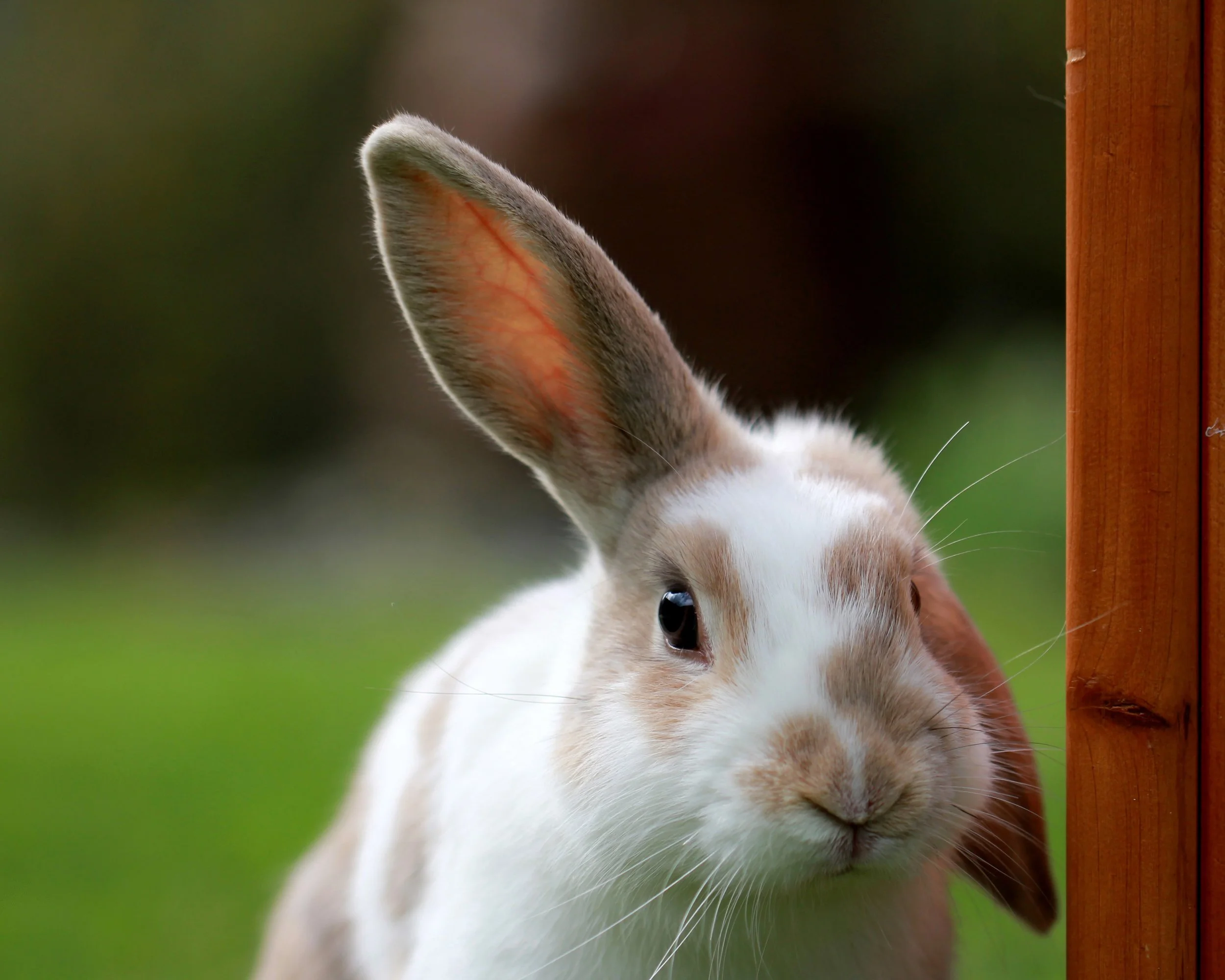Heatstrokes in Rabbits: Symptoms & Prevention
Home / Gaia Toast / Heatstrokes in Rabbits: Symptoms & Prevention
They are adorable, small and furry but unfortunately stuck in the tropics. Help your rabbits avoid heatstroke in sunny Singapore by recognising the signs and taking preventive measures when the weather gets unbearable.
Check out our heatstroke article for dogs too!
The Signs of Heatstroke
Heatstroke happens when your pet’s body temperature gets too high and struggle to get rid of the heat. This results in heatstroke. This condition is considered an emergency situation, particularly in small animals like rabbits.
Drooling
Hyperventilating or taking short and quick breaths
Lethargy or acting really sluggish/sleepy
Seizures or having fits
Coma
These signs of heatstroke also apply to guinea pigs, hamsters and other small furry pets.
Rabbits get rid of heat via their ears.
Why Is It Important?
Rabbits can only dissipate heat via their ears. They are also much smaller than dogs and cats. This means rabbits are less capable of handling temperature fluctuations. Heatstroke can cause your rabbit’s organs to shut down and can be fatal.
Many of us live in HDBs and probably keep our rabbits in cages indoors. That does not mean they are less likely to get heatstrokes.
What Can I Do If My Bunny Gets Heatstroke?
If you suspect your rabbit has heatstroke, call your vet immediately. You can also perform some first aid to cool her down gradually. This is crucial so you do not end up shocking your rabbit’s body with drastic temperature changes.
Here are some steps you can take:
If your rabbit is in the sun, move her away to a cooler and shadier spot
Turn on the fan near your rabbit but not directly
Dampen her fur with a cool and wet towel. Do not use ice or ice-cold water to wet your towel or pour water on your rabbit.
Offer your rabbit some cool water to drink
After completing these steps, do bring your rabbit to the vet for a full examination to ensure that there are no lasting damages. Bear in mind that the steps above are first aid and not necessarily a cure. Pocket pets like rabbits may display signs which can be too subtle for you to notice. Hence it is best to get a vet to look at your rabbit after a suspected heatstroke episode.
What Else Can I Do?
As pet owners, we can take preventive measures to keep our pet safe from heatstrokes.
Comic Credit: RegardingComic
Keep them out of direct sunlight. Some spots at home may heat up quickly from the morning or afternoon sun, even if your bunnies are kept indoors. Especially in the afternoon which tend to be the hottest part of the day.
If your bunnies are kept outdoors or at the balcony, make sure there are shady spots for them to hide under when it gets too hot.
Give them access to plenty of fresh water and where possible, provide different options for them to access water, e.g. in a bowl or from a drinking bottle.
Use fans to cool the environment down but make sure it is not directly blowing at your bunnies.
Provide cool surfaces for them to lay on e.g. ceramic floor tiles. If you have marble flooring, letting your bunnies out of the cage to scamper around helps cool them down a bit too.
Wipe your bunny’s ears with a cold and damp tissue to help cool them down.
Fill plastic bottles with water and freeze them. Be sure not to fill it to the brim because when liquid freezes it will expand and might crack the bottle. Wrap the frozen bottle with a thin cloth then give this to your rabbit so she can snuggle up against it to keep cool. Or, you can use an ice pack.
Be sure to monitor your rabbit when you do this so she doesn’t start chewing on the bottles or ice pack.
Contact us if you need any help or advice. Our team is experienced in dealing with pocket pets and we're always happy to assist pet owners like you.
Article updated 3 Oct 2019.


